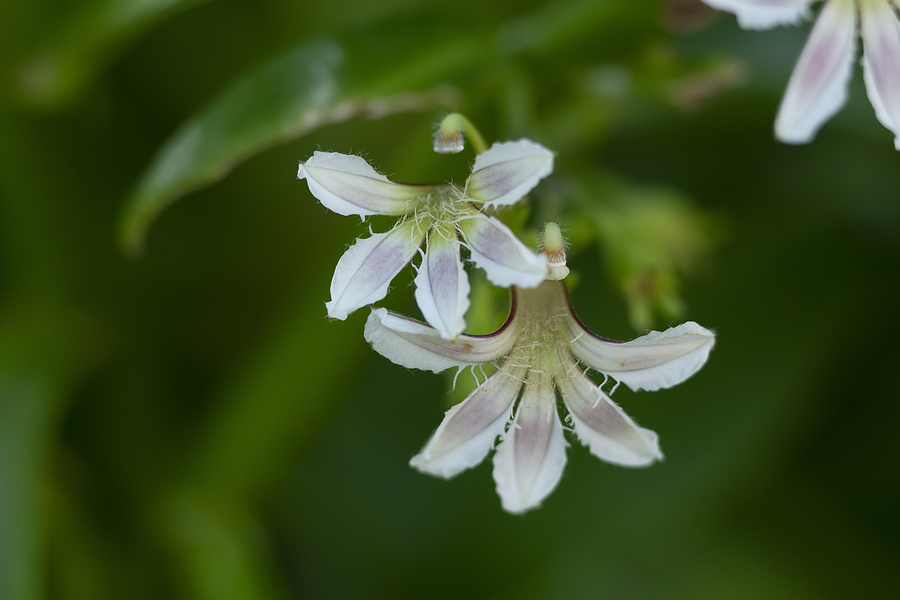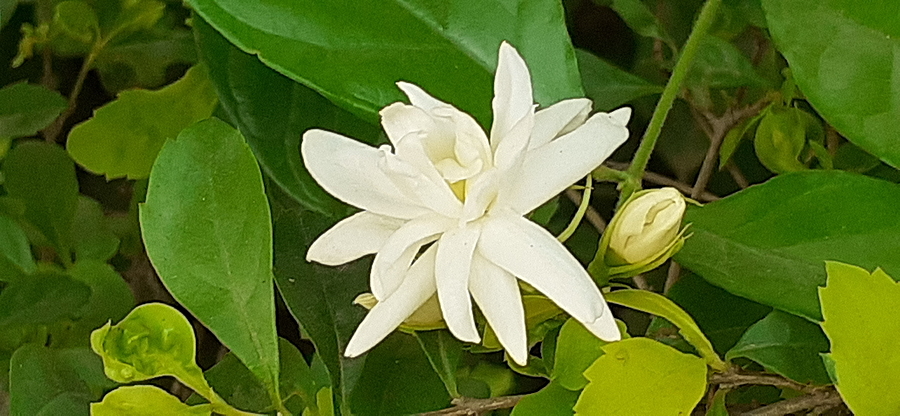Hawaii's Most Famous Flower
Maui's Most Famous mountain
Yellow hibiscus (Hibiscus brackenridgei)
The yellow hibiscus (Hibiscus brackenridgei), known as pua aloalo in Hawaiian, is the official state flower of Hawaii, designated in 1988 for its vibrant beauty and cultural significance. This striking flower, characterized by its large yellow petals and red or maroon center, is a native species found only in Hawaii, making it a symbol of the islands' unique biodiversity. Once thriving across the archipelago, the yellow hibiscus is now listed as an endangered species, with fewer than 20 naturally occurring populations remaining due to habitat loss, invasive species, and urban development. These flowers typically bloom on shrubs or small trees that can grow up to 15 feet tall, thriving in dry forests and lowland shrublands at elevations between 400 and 2,600 feet. Efforts to protect and propagate the yellow hibiscus include conservation programs and reforestation initiatives, as well as its cultivation in botanical gardens and private landscapes. With its bright, cheerful blooms and delicate appearance, the yellow hibiscus not only represents Hawaii's natural beauty but also serves as a reminder of the need to protect the islands' fragile ecosystems. Today, the flower remains a popular symbol of Hawaiian culture and aloha spirit, often used in leis, decorations, and artwork, captivating both locals and visitors with its charm.

Yellow hibiscus (Hibiscus brackenridgei)
The official flower of Oahu is the 'ilima (Sida fallax)
The official flower of Oahu is the 'ilima (Sida fallax), a delicate and vibrant golden-yellow blossom that holds deep cultural and historical significance in Hawaii. Often referred to as the "royal flower of O'ahu," the 'ilima was traditionally used in lei-making, particularly for Hawaiian royalty, due to its striking color and symbolic connection to the sun. The flower grows abundantly across the island, from dry coastal plains to higher elevations, and is considered a hardy and versatile plant that thrives in Oahu's diverse climates. The ' ilima's small, papery blossoms are often strung into leis, with each lei requiring hundreds of flowers, making them a labor-intensive but treasured creation. Although it grows naturally in the wild, the 'ilima is also cultivated in gardens and landscapes, appreciated for its ornamental beauty and importance to pollinators like native bees and butterflies. Conservation efforts and cultural revitalization projects have helped ensure that the 'ilima continues to flourish, serving as a living emblem of Oahu's natural heritage. With its golden hue symbolizing love, royalty, and the spirit of aloha, the 'ilima remains an enduring and cherished symbol of the island of Oahu.

Ilima (Sida fallax)
naupaka
The naupaka, a native Hawaiian plant known for its unique half-flower appearance, is one of the most iconic and culturally significant plants in Hawaii's, found across the islands in both coastal (kahakai) habitat and mountain (mauka) varieties. This hardy plant, with its small, white blossoms that appear as if they are split in half, grows abundantly along Hawaii's beaches and uplands, thriving in some of the islands' most challenging environments. The naupaka's unusual form is steeped in Hawaiian legend, with stories telling of star-crossed lovers who were separated, their spirits residing in the mountain and coastal plants, and their reunion symbolized when the flowers are brought together. These plants play an important ecological role, providing ground cover that prevents erosion and offering habitat for native wildlife, including the endangered Hawaiian yellow-faced bee. The naupaka is also a favorite for landscapers due to its resilience to salt spray, wind, and drought, making it a common sight in Hawaiian gardens and public spaces. With its cultural and ecological importance, the naupaka remains a cherished emblem of Hawaii, embodying the islands' natural beauty, enduring strength, and rich storytelling traditions.
pikake
The pikake, a delicate and fragrant jasmine flower (Jasminum sambac), is one of Hawaii's most beloved blossoms, cherished for its intoxicating scent and cultural significance. Introduced to Hawaii in the 19th century, the pikake quickly became associated with Hawaiian royalty, particularly Princess Ka'iulani, who adored the flower and named it after her favorite bird, the peacock (pikake in Hawaiian). Known for its star-shaped white blooms, the pikake is a popular choice for leis and perfumes, symbolizing love, honor, and grace in Hawaiian culture. Often used in weddings and special ceremonies, the leis made from pikake blossoms are highly prized for their beauty and fragrance, requiring hundreds of blooms to craft. While the flower thrives in Hawaii's warm, tropical climate, it requires care and cultivation, often grown in gardens or as potted plants. The popularity of the pikake extends beyond Hawaii, with its essential oils used in global perfumery and aromatherapy. Representing purity and elegance, the pikake continues to be a cherished symbol of aloha, carrying the timeless beauty and spirit of Hawaii in every bloom.